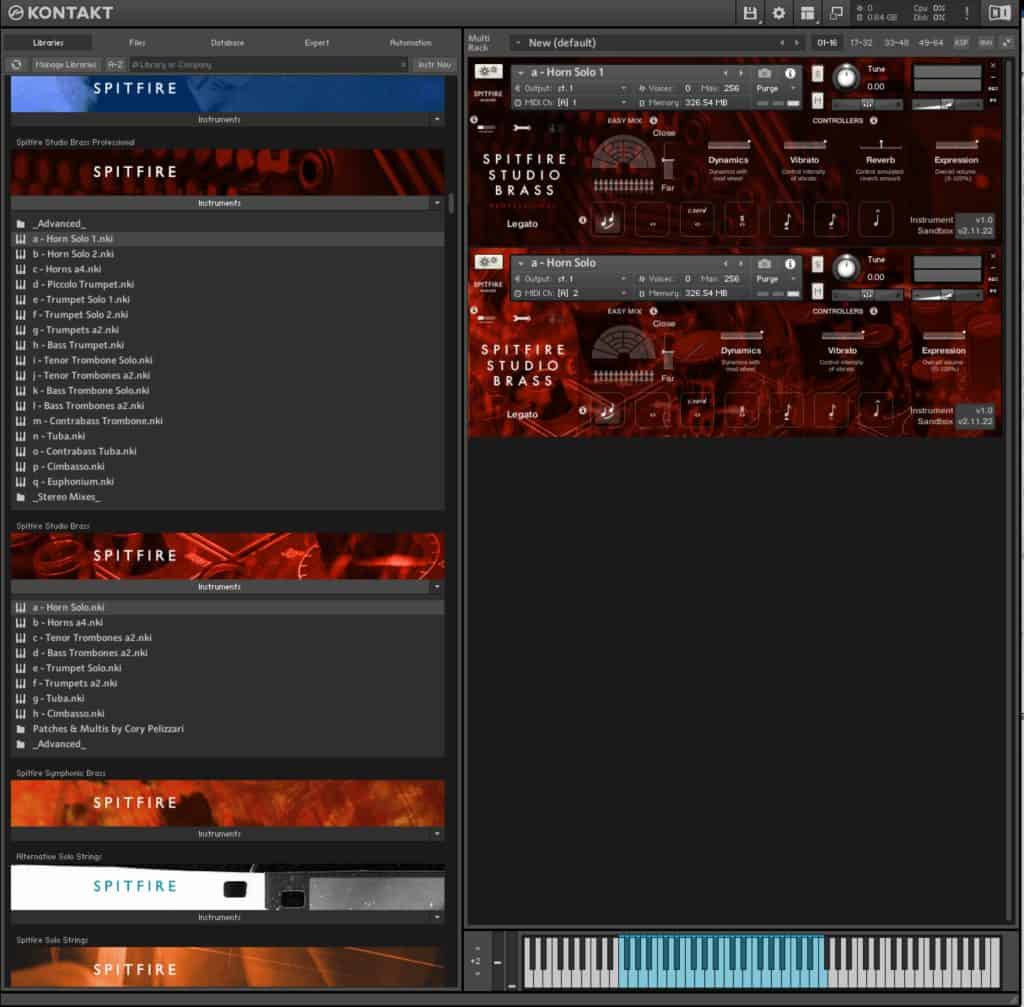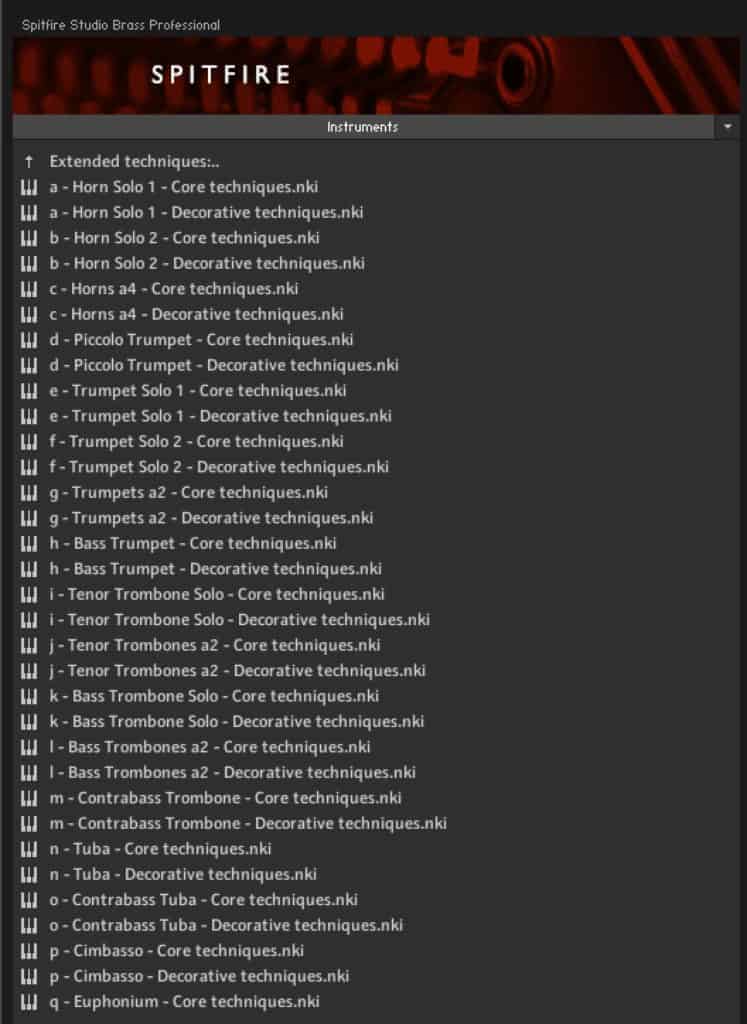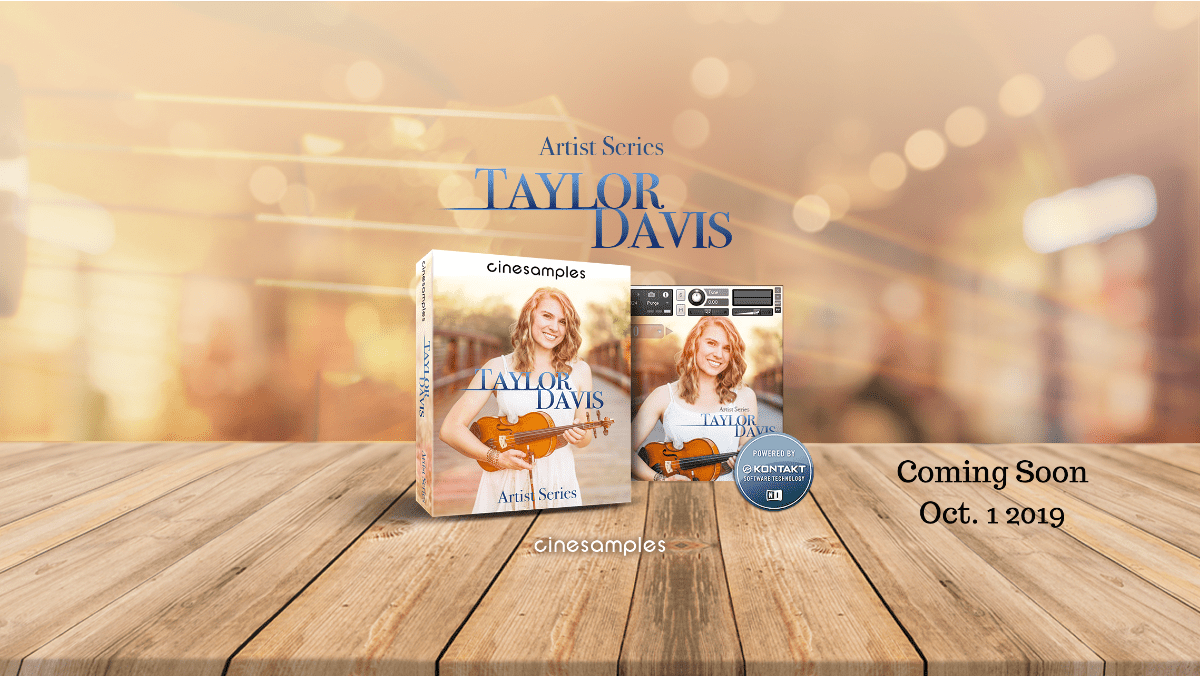Spitfire Studio Brass Professional by Spitfire Audio Review
Today, we are looking at our review at Spitfire Studio Brass Professional by Spitfire Audio. Spitfire Audio is known for its film composer-ready orchestral instruments libraries. At the time it was released many did view this library Spitfire’s entry into the ongoing Brass Wars. It turned out that this brass library was much different from the competition.
Spitfire Studio Brass is an incredibly versatile sample library that offers the depth, detail, and punch. The library was recorded in AIR Studio One, a smaller, more controllable space than the opulent Lyndhurst Hall. This allows for a more intimate recording that captures the nuances of each instrument.
The library includes the full gathering of the brass family, including less frequently heard relatives such as bass trumpet, contrabass tuba, and cimbasso.
Spitfire Studio Brass Professional – Installation

Using the provided serial, you use the download and install tool provided by Spitfire and register the downloaded libraries in Native Instruments Native Access. Kontakt or Kontakt Player 5.6.8 or higher is required. During installation you need over 226 GB and the library itself does require a bit more than 113 GB.

Spitfire Studio Brass Professional – Sound
Spitfire Studio Brass Professional offers an incredible range of options for creating realistic brass performances. With solo, duet, and section performances, you can capture the full emotional spectrum of your music.
The numerous articulations, from traditional tongue and staccato, stabs to more contemporary flutter tongues and swells, provide immense detail and expressive power. And with a wide variety of microphone placements, from super-close to outrigger and ambient, you have complete control over your sound.
Spitfire Studio Brass Professional by Spitfire Audio Review
Studio Brass is the latest in a long line of high-quality orchestral libraries from Spitfire Audio. For two years, Spitfire has been working with some of the best session players in London to create a library that captures the punchy dynamic range of brass instruments.
The result is a library that is second to none in terms of quality and realism. With an extensive range of articulations, dynamic layers, and round robins, studio Brass is the perfect tool for creating realistic and nuanced brass performances.
Spitfire Studio Brass is a comprehensive sampled brass library that offers users an unprecedented level of control and flexibility.
The Studio Brass instruments are some of the most essential tools for any brass band. They provide the core sound of the brass band, and can be used to create a wide range of musical styles. The horns solo and horns a4 are the two main types of horns used in a brass band. They are responsible for the high-pitched notes that give the band its characteristic sound.
The tenor trombones a2 and bass trombones a2 provide the lower-pitched sounds, while the trumpet solo and trumpet a2 add an element of high drama.
Finally, the tuba and cimbasso round out the sound of the brass band, providing a deep, rich foundation. Whether you’re looking to create a traditional brass band sound or something more modern, the Studio Brass instruments have everything you need.
There are two versions available we are looking at Spitfire Studio Brass Professional. A reduced core version called Spitfire Studio Brass (Core) is also available.
You can upgrade for pretty much the delta between the price of both libraries. Speaking of the best time to buy, look out for wish list sale or go for bundled products which the company calls collection. I would recommend going for the professional version, you could start with the core version if it makes business sense to go that route.
There are plenty of Spitfire Audio Videos on Youtube to learn more about the library, keep in mind that Paul and Christian are also really excellent salespeople in their videos. As with many Spitfire products Spitfire Studio Brass Professional is extremely musical and valuable in a wide variety of styles and expand when you use further third-party effect plugins.

Core and Pro Version compared
| Spitfire Studio Brass | Spitfire Studio Brass Professional |
| 8 instrument with 130 articulations 4 Solo instruments Limited Microphone positions | 17 instrument with 260 articulations 13 Solo instruments Full Microphone positions |
Spitfire Studio Brass Professional – Recording space
The library Spitfire Studio Brass Professional was recorded in Studio One at Air. Spitfire did push over the last years the fact that their more symphonic libraries are recorded in Lyndhurst Hall.
Although they occasionally decamp to other sites, one recording location dominates Spitfire Audio’s output: Lyndhurst Hall in London’s AIR Studios.
This hexagonal, 5000-square-foot galleried space is extremely versatile, able to accommodate a 100-piece orchestra and 100-voice choir (though I’m not sure the canteen can cope so easily). The hall is renowned for its excellent acoustics, and the Spitfire team is able to make full use of the space, capturing a wide range of sounds and textures.
The end result is a library of sounds that are both expressive and highly articulate, making Spitfire Audio one of the leading producers of sample libraries today.
All their Symphonic range has been recorded in Lyndhurst Hall which comes with a rich and big tone. The Spitfire Studio Series (Brass, Strings, and Wood) has been sampled in Studio One at Air which provides a sound that is drier and can be shaped easier plus it is a more focused and detailed sound.
You get a so-called dry library as the room has very little reverberance. This library recorded in Studio One is an excellent choice for a composer who is in needs to have further control over the resulting aspects of the character and tone.
For the Brass library in the Professional Version having access to additional microphone positions make a huge difference and leave the core version in the dust. Studio Brass Professional is a useful addition for those who already own Spitfire Audio libraries and the Woodwind and String Studio ones. For those looking to expand their orchestral sound palette, the Studio Brass Professional provides a rich and dynamic range of tones that can elevate any composition. Additionally, the inclusion of extra microphone positions allows for greater flexibility in shaping the sound to fit different musical contexts. Furthermore, the seamless integration with other Spitfire Audio libraries ensures a cohesive and comprehensive sonic experience. Recently, I came across an audiotechnica headphones review that praised the Studio Brass Professional for its stunning clarity and lifelike reproduction of brass instruments. The added microphone positions truly bring out the nuances and expressiveness of the brass section, making it a highly recommended choice for composers and producers looking for top-notch orchestral software.
Spitfire Studio Brass Professional – Instruments
In this brass library, you have the choice between a wide range of instruments. The single instruments come with an extended range of articulation (compared to the core version) and what spitfire calls their extended techniques.
Studio Brass has plenty of muted articulations, which in other libraries are lacking or sold as a separate add-on.
- Horn Solo 1
- Horn Solo 2
- Horns a4
- Piccolo Trumpet
- Trumpet Solo 1
- Trumpet Solo 2
- Trumpets a2
- Bass Trumpet
- Tenor Trombone Solo
- Tenor Trombones a2
- Bass Trombone Solo
- Bass Trombones a2
- Contrabass Trombone
- Tuba
- Contrabass Tuba
- Cimbasso Euphonium

Microphones included are Decca Tree, two Close, two Tree, Ambient, Outriggers and two mixes produced by Abbey Road engineer Simon Rhodes.
As expected by Spitfire the Professional version of Studio Brass includes a large range of articulation and so-called extended techniques. Compared to other libraries those normally included mysterious sounds are not part of this version.
Overall you get all the common brass instruments and other less obvious characteristics. I found the enormous majority of singing harmonious, really simple to play, and superbly recorded. Looking at the low dynamic layer the brass instruments are completely charming.

Combining Symphonic and Studio Versions
If you do have access to Symphonic Brass Libraries you should look into combining a Symphonic version with the studio version. A Symphonic Brass library would give you that ambient, lush, loose, symphonic, epic, film and cinematic sound.
The studio library is intimate, private, and dry. You may think TV, producing music, and ads are a good fit for Studio Libraries and a Symphonic library for epicness. The studio version is more defined and combines that with the more epic libraries. The result could be an epic score with some detailed voicing, just add some reverb, compression, and mastering effect tools.
The complete Studio Series suits producers and composers, especially at this aggressive price point. Spitfire Studio Brass Professional, Spitfire Studio Strings Professional, and Spitfire Studio Woodwind Professional are as a combination a complete set, add percussion to have a small orchestra on hand. The three Studio Series libraries are known for their clear and crisp sound.
Alternative and combining them
When it comes to brass libraries there are many choices besides the Symphonic Range from Spitfire (Spitfire Symphonic Brass). Brass libraries produced by 8DIO(Century Brass), Musical Sampling (Adventure Brass, Trailer Brass), Cinesamples (CineBrass), ProjectSAM, Output(Analog Brass), Heavyocity (FORZO), ORCHESTRAL TOOLS (Junkie XL Brass, The Berlin Series BERLIN BRASS, and METROPOLIS ARK), Sample Modeling, Audiobro (Modern Scoring Brass), Performance Samples (Caspian, Angry Brass) and Cinematic Studio Brass.
You may already have some or many of these libraries, start combining them, the studio library could help you to define a score more.
Spitfire Studio Brass Professional is a comprehensive go the too brass library. Loads of Brass instruments, articulations, and possible tone driving mic positions.
User interface & Usability
The UI is a classical Spitfire Audio interface and is in line with their other products released for some years. Now with Kontakt 6 and larger screen real estate, I would like to see Spitfire upgrade their look and feel and as with their non-Kontakt libraries provide a UI that is just larger and offers more information which comes with easier to read for many as well.
In these days the UI used on common high res screens is extremely small. Any composer who owns another Spitfire library will find their way around rather quickly.
One nice added feature in each part of this collection is the inline help bubbles that appear when you click on some of the controls. Not only are these informative and useful when you are just starting out with the collection of instruments, but they also offer various options that you can select: close the bubble, never show it again, don’t show any help bubbles, and reset the status of all bubbles.
The close option is great when you no longer need the help bubble and want to get rid of it. The never show it again option is ideal for users who feel confident with the instrument and don’t need the help bubble anymore.
The don’t show any help bubbles option disables all help bubbles, which can be useful if you find them intrusive or distracting. Finally, the reset status option allows you to start fresh with all the help bubbles enabled. Overall, these help bubbles are a valuable addition to the collection of instruments and provide a helpful way to learn about each one.
Ostinatum feature
With the included Ostinatum feature you can create rhythmic patterns. Results are best with short articulations.
It is all very tiny (see above) and you can think about it as a mixture between a limited sequencer and arpeggiator. The design asks for a tutorial video on how to use it.
Conclusion
Studio Brass was recorded with some of London’s best session players, and it shows in the quality of the recordings. The brass has a dry, punchy sound that can be dynamic and powerful when needed.
These recordings are perfect for use in film and television scoring, as well as for video game soundtracks. The collection includes a wide range of instruments, from trumpets and trombones to French horns and tubas.
Rating: Five out of five stars
Spitfire Studio Brass Professional grants a remarkably wide spectrum of brass instruments. The recording as done in AIR Studio One which comes with dry acoustic.
So far Spitfire was recorded in Lyndhurst Hall where on the other hand the wet signal is extremely epic and fits cinematic use better. With this library, you are more flexible at the end of the day and still can blend it with the symphonic line by Spitfire.
If you purchase one of the Studio Professional versions during the regular “wish list” sale it is phenomenal for the price tag, for the normal price point it is a good investment when you need moderate established cinematic brass sound.










